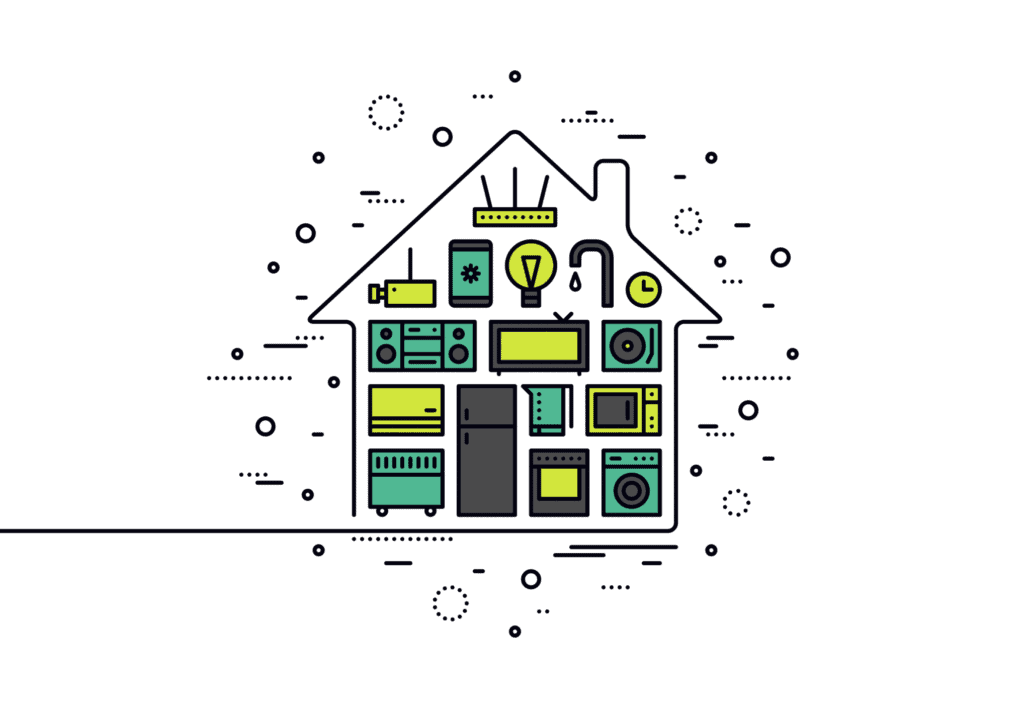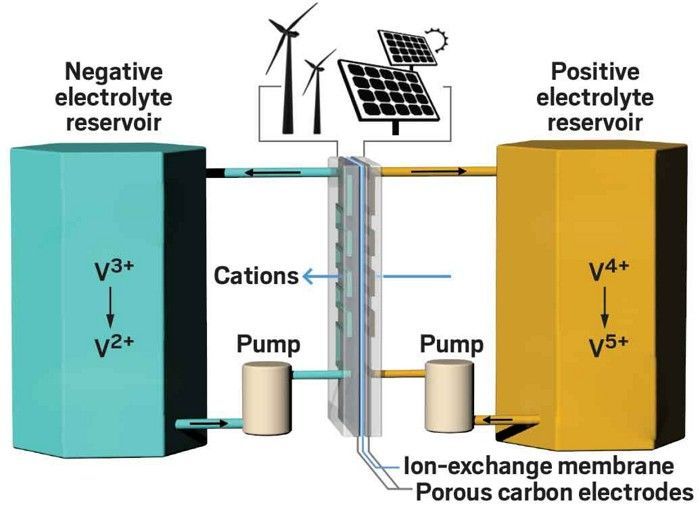Ensuring that your home is energy efficient is not only good for the environment, but it can also save you money on your utility bills. Conducting an energy efficiency audit in your home is the first step towards reducing your energy consumption and making your living space more sustainable. In this guide, we will walk you through the process of conducting an energy efficiency audit in your home.
Why Conduct an Energy Efficiency Audit?
Before we dive into the steps of conducting an energy efficiency audit, it is important to understand why this process is essential. By identifying areas in your home where energy is being wasted, you can make necessary changes to improve your home’s energy efficiency. This can lead to lower utility bills, increased comfort, and a reduced environmental impact.
Step 1: Evaluate Your Energy Consumption
The first step in conducting an energy efficiency audit is to evaluate your current energy consumption. Take a look at your utility bills for the past year to get an idea of how much energy your home is using. Make note of any significant spikes in energy usage, as this can indicate areas where improvements can be made.
Step 2: Inspect Your Home for Energy Loss
Next, you will need to inspect your home for areas where energy is being lost. This can include checking for drafts around windows and doors, inspecting your attic and basement for adequate insulation, and looking for leaks in your HVAC system. Make a list of any areas where energy loss is occurring so that you can address them later on.
Step 3: Check Your Appliances and Lighting
Appliances and lighting are major contributors to energy consumption in a home. Check your appliances for energy efficiency ratings and consider replacing older, energy-guzzling models with newer, more efficient ones. Switch to LED light bulbs, which use less energy and last longer than traditional incandescent bulbs.
Step 4: Seal Leaks and Improve Insulation
Sealing leaks and improving insulation are crucial steps in improving your home’s energy efficiency. Use caulking and weather stripping to seal drafts around windows and doors. Consider adding insulation to your attic or walls to prevent heat loss in the winter and keep your home cool in the summer.
Step 5: Consider Energy-Efficient Upgrades
Finally, consider investing in energy-efficient upgrades for your home. This can include installing a programmable thermostat, upgrading to energy-efficient windows, or adding solar panels to your roof. While these upgrades may require an initial investment, they can lead to long-term energy savings and increased comfort in your home.
Conclusion
Conducting an energy efficiency audit in your home is a proactive step towards reducing your energy consumption and making your living space more sustainable. By evaluating your energy usage, inspecting your home for energy loss, and making necessary upgrades, you can lower your utility bills, increase your comfort, and reduce your environmental impact. Follow the steps outlined in this guide to conduct an energy efficiency audit in your home and start enjoying the benefits of a more energy-efficient living space.


